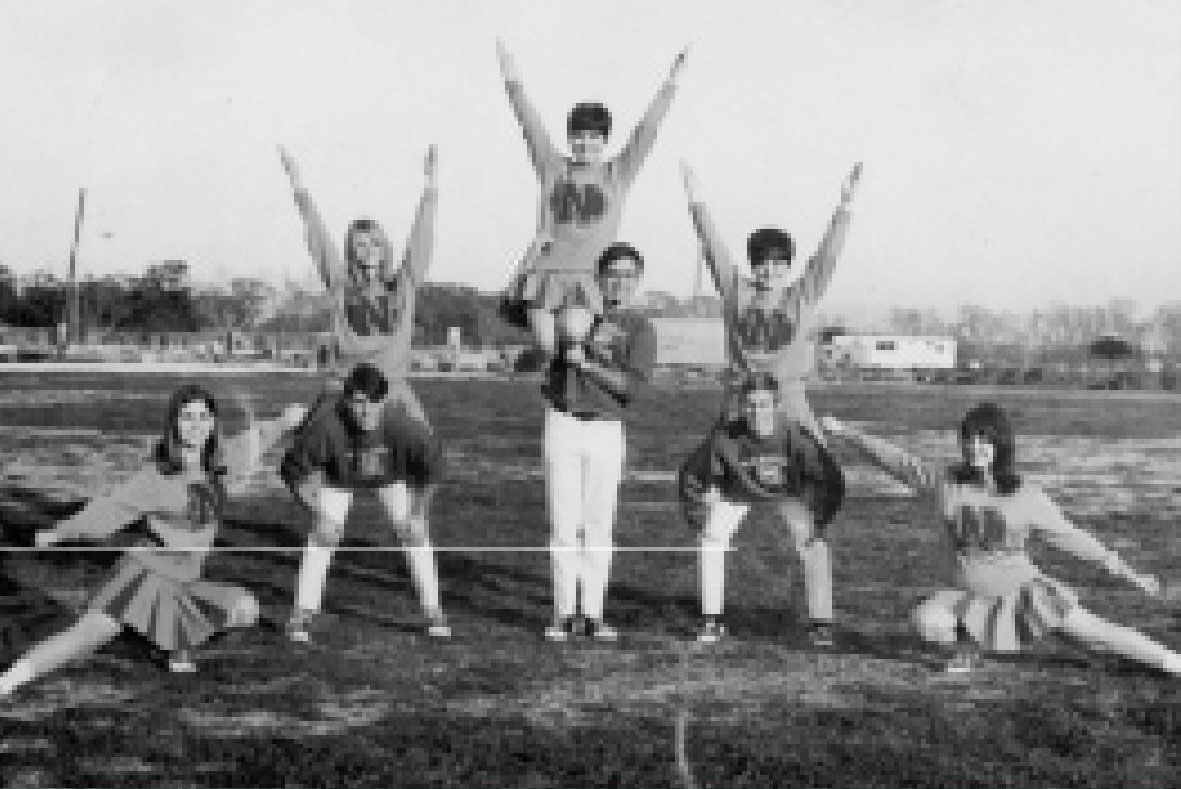
Roger Henry
September 26, 2018
Then & NOW
September 27, 2018It’s painful to realize I am part of the last generation of bilingual Cajuns. and if a partly my fault. I did not insist my children learn our Cajun language and neither did my fellow Cajuns We ware busy making a living and making sure our children would be better off than we were while not realizing that a major part of our culture was slipping away. My children only know a word or two like 1 argent and manger (money and food). My Grand-children? They have a language of their own consisting of letters, symbols and abbreviations. They don’t speak it they text it. whether they are 1000 miles or 2 feet away. Their children might become the silent generation with vocal conversation becoming extinct. End of humor, but is it humor or pending reality?
Charivari: A Cajun Tradition
A new cocktail? A relative of Maurice Chavalier? Actually none of the above but a custom that was brought to South Louisiana by the settling Acadians from France via Nova Scotia. It had to do with heating drums and pots and pans, ringing bells and blowing horns. Historical origins indicate that the Charivari was Sometime used as a coercion to force a couple who were “living together’ to marry:, or as a social commentary on a widow’s remarrying before an appropriate period of mourning.
The Cajuns left out all the negative aspects but kept the merriment and party and the marriage factor, like a widow or a widower taking on a bride or groom of a too different class or age or any other reason that seemed right for the occasion.
The Charivari was planned by Hue couple’s friends or neighbors and at a given time the crowd sneaked around the house and unleashed the bell ringing, horn tooting and drums banging to surprise the newlyweds who may have just gone ID bed. It could continue for hours until the couple had enough, and asked the group what they wanted. “Food and drinks” was the usual demand and if the husband said “Entrez (enter) the music, drinking and eating would commence. The crowd would toast the newlyweds Que le Dieubenit lea Maries” (May God bless the nuptials). After the Charivari ended the couple was left in peace. The custom had many ways and methods but they usually ended peaceably.
Roy Callais was a bachelor in his thirties and Annie Sonnier was only 6 years older. Roy was my uncle, the youngest of 9 children of Paul end Irma Callais and was the only child who graduated High School and went into the array. Annie had married Robert Sonnier and together they ran a furniture store in Cut Off. One day while trying out a new motor boat in Bayou Lafourche the boat capsized and Mr. Sonnier drowned.
Somewhere, sometime later Roy met Annie and his single days were over. She was a lovely lady with coal black hair and statuesque features and Dot and I became very good friends with them. She owned a new Packard convertible in which, we four with cousin Steven Called B went to the second Jimmie Rodgers Memorial day in Meridian. Mississippi and many other happy occasions,
Roy. who would become Lafourche Parish Registrar of Voters for twenty year a and Annie who became a beautician truly loved each other, As she fell ill in the last ten years of her life. Roy hired a day time care giver and slept by her aide every night and read her stories even long after she was no longer capable of hearing or seeing him. She passed away and Hoy followed her a few years after.
The Charivari I saw across my street was a more sedate affair that what I had read about I suspect they toe wit was coming and food and drinks had been prepared. About a dozen of their friends gathered’ made the expected noise and in less than half an hour the door opened, the charivari was accepted, all were invited in and the parry lasted about one hour.
To my knowledge, and I stand to be corrected, this was the last charivari among the Cajuns of Bayou Lafourche. BYE NOW






